So in this video, we're going to be talking about the topic of V-nagles.
So we've made up a little chart here for you, and you'll notice that at the top, we have abbreviations, and each abbreviation stands for something very important.
So VNSP stands for Very Narrow Spot, and NSP stands for Narrow Spot, MFL stands for Medium Flood, and WFL for Wide Flood.
So these are the general beam spreads.
Now in a very narrow spot, you're going to get a range of 8 degrees to 13 degrees.
In a narrow spot, you'll have a range of 14 degrees to 19 degrees.
So a very narrow spot and a narrow spot, these are generally used to display products or to display something very particular.
So if you want to use this for displaying something, a very narrow spot and a narrow spot is a very good choice to use.
Then you have the medium flood and wide flood category.
So a medium flood ranges from 20 degrees to 40 degrees, and a wide flood ranges from 41 to 55 degrees.
Also keep in mind that the degree range depends also on the manufacturer.
So in a medium flood, you'll generally use that for your home.
It's very popular to use in your home because a medium flood covers a very wide space.
And then there's also a very wide flood, which ranges from 56 degrees to 60 degrees.
And those are the categories for beam spread.
So now we're going to talk a little bit more in detail about a beam angle.
So as you can see, we have a chart drawn here.
So this is the bulb itself.
Now this is the face of the bulb.
So out of the bulb is going to come a beam of light.
Now, point A, you'll see this is actually the angle at which the beam of light leaves the bulb.
Then in B, you'll see this is where the pool of light is going to cover the surface that you're lighting.
So this will actually give you the diameter of the beam in feet.
So then in C, this is what we call the center beam foot candles, or some more popular term, is the hot spot.
So the hot spot is where the light is the most intense.
So as you can see, the beam of light actually, it really just goes straight down, but of course, it also spills out to the side.
So the most intense part of the beam is going to be in the center, and then of course, it's going to fade the farther out that the beam angle shines.
That's all for today about beam angles, and for more information, you can visit www.BulbAmerica.com.
 SKU: 4515
SKU: 4515






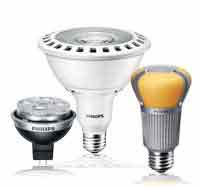
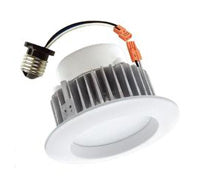

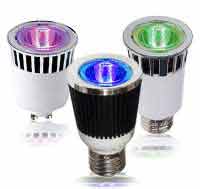


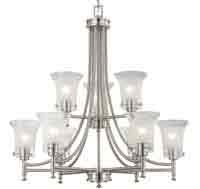
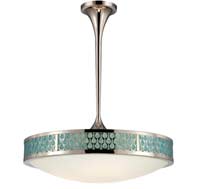




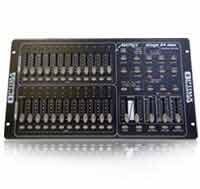
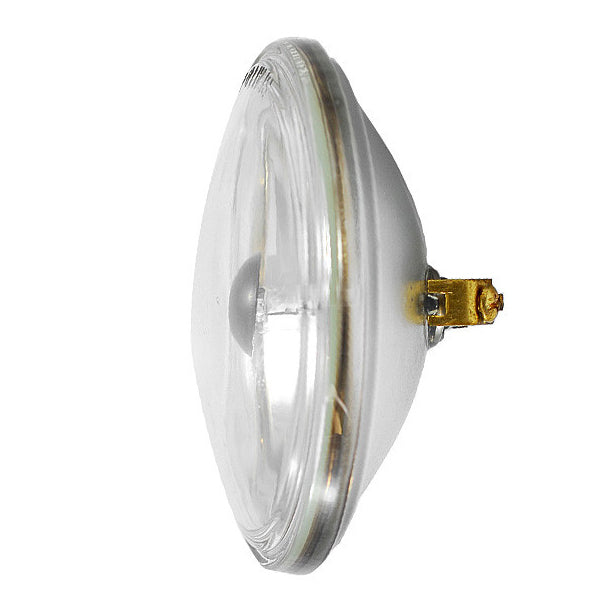
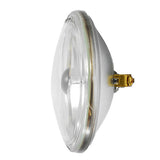
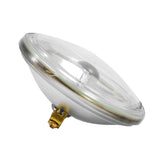
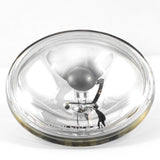
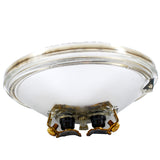
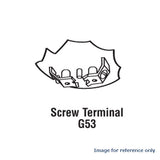
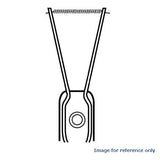









Stay in Touch